Updated: Apr 2
Helen Keller's story is one of extraordinary resilience, intelligence, and compassion. Born on June 27, 1880, in Tuscumbia, Alabama, Helen Keller was a healthy child until she fell ill at 19 months old with what doctors described as "an acute congestion of the stomach and the brain," which may have been scarlet fever or meningitis. This illness left her both deaf and blind, plunging her into a world of darkness and silence.

For the first few years after her illness, Helen struggled to communicate, often expressing her frustration through tantrums. Her family, desperate to help her, eventually sought the advice of Alexander Graham Bell, who recommended they contact the Perkins Institute for the Blind in Boston. It was through this connection that Anne Sullivan, a young teacher who was visually impaired herself, entered Helen's life.

Helen Keller's Most Enduring
and Life-Changing Quotes
"The only thing worse than being blind is having sight but no vision."
"Alone we can do so little; together we can do so much."
"Although the world is full of suffering, it is also full of the overcoming of it."
"Optimism is the faith that leads to achievement. Nothing can be done without hope and confidence."
"What we have once enjoyed we can never lose. All that we love deeply becomes a part of us."
"Character cannot be developed in ease and quiet. Only through experience of trial and suffering can the soul be strengthened, ambition inspired, and success achieved."
"Life is either a daring adventure or nothing at all."
"Keep your face to the sunshine and you cannot see a shadow."
These powerful words continue to resonate, inspiring people to embrace resilience, compassion, and the limitless potential of the human spirit.
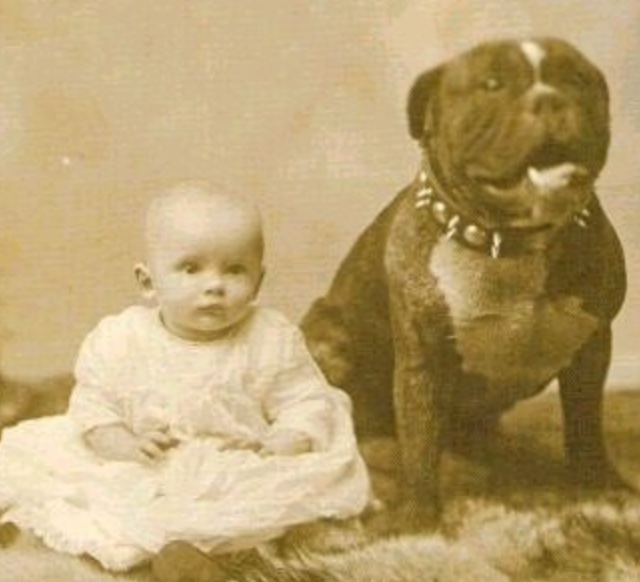
Anne Sullivan began working with Helen in 1887, and their relationship would become legendary.

Sullivan taught Helen using a method of finger-spelling into her hand, starting with simple words like "doll" and "water." The breakthrough came when Anne led Helen to a water pump and spelled "W-A-T-E-R" into her hand as the cool liquid flowed over it.


This moment of comprehension opened the world to Helen, and from that day forward, she eagerly learned language, eventually mastering reading, writing, and speaking.

Helen Keller’s thirst for knowledge was insatiable. She went on to attend the Cambridge School for Young Ladies and later Radcliffe College, where she became the first deaf-blind person to earn a Bachelor of Arts degree in 1904.

Throughout her academic journey, Anne Sullivan remained by her side, assisting her with communication and adapting materials for her needs.

Beyond her academic achievements, Helen Keller became a powerful advocate for people with disabilities. She traveled the world, gave lectures, and wrote extensively about her experiences and beliefs. She was a staunch supporter of social justice causes, including women's suffrage, workers' rights, and pacifism.

Helen also forged friendships with some of the most influential figures of her time, including Mark Twain, who admired her wit and tenacity.

She published numerous books and essays, with "The Story of My Life" (1903) becoming a classic of American literature, inspiring generations with its message of perseverance and the transformative power of education.
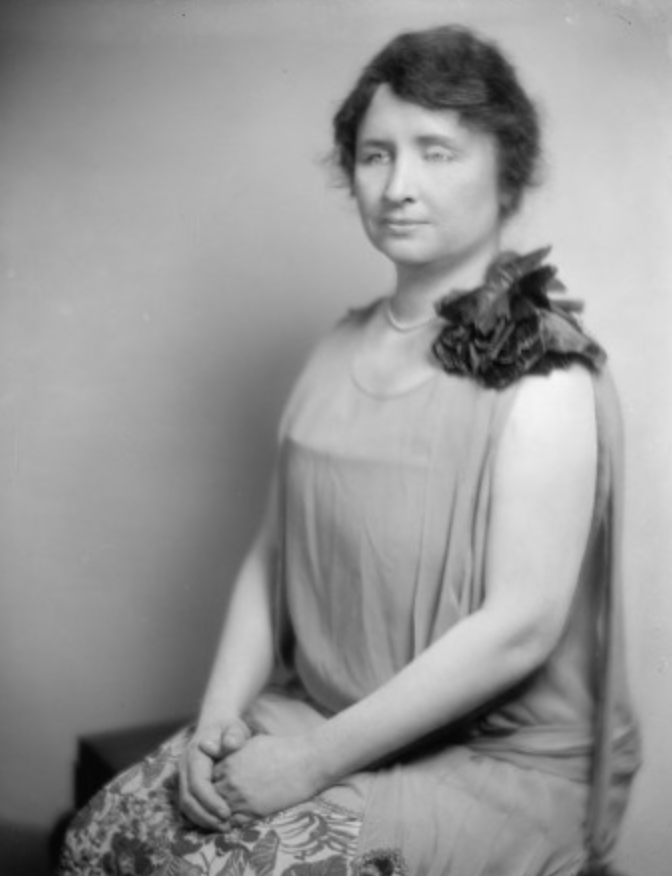
Keller's work extended far beyond her personal narrative. She was a co-founder of the American Civil Liberties Union (ACLU) and actively supported the American Foundation for the Blind, helping to improve education and employment opportunities for blind and visually impaired people.
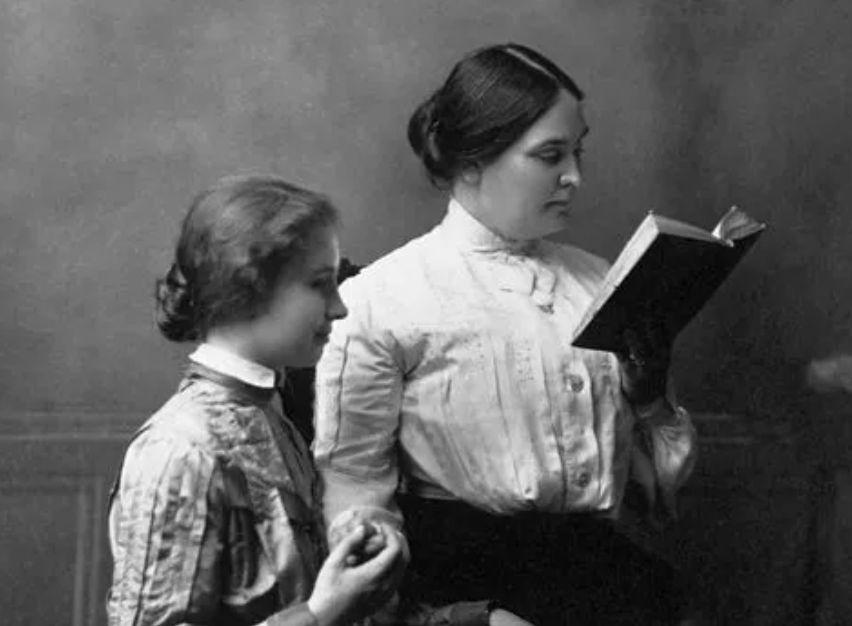
Helen Keller passed away on June 1, 1968, at the age of 87. Her legacy endures, reminding the world that physical limitations do not define a person's potential. Her life—marked by courage, empathy, and a relentless pursuit of knowledge—forever changed the way society views and supports people with disabilities, proving that with determination and support, extraordinary achievements are possible.


Helen Keller's journey from isolation to worldwide influence is a testament to the human spirit's ability to overcome and inspire. Her story continues to teach us about compassion, inclusion, and the boundless potential of the human mind and heart.
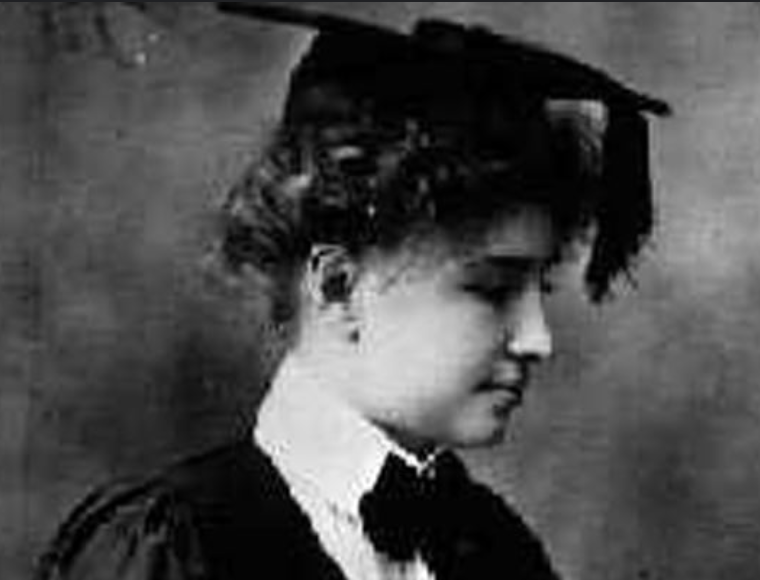
Before Helen Keller's extraordinary life, the world had a much more limited understanding of the potential of people with disabilities.

In the late 19th and early 20th centuries, those who were deaf, blind, or differently abled often faced isolation, stigma, and a lack of educational and professional opportunities. Society largely viewed these individuals as incapable of independent thought or meaningful contribution, and few resources were dedicated to their development or inclusion.
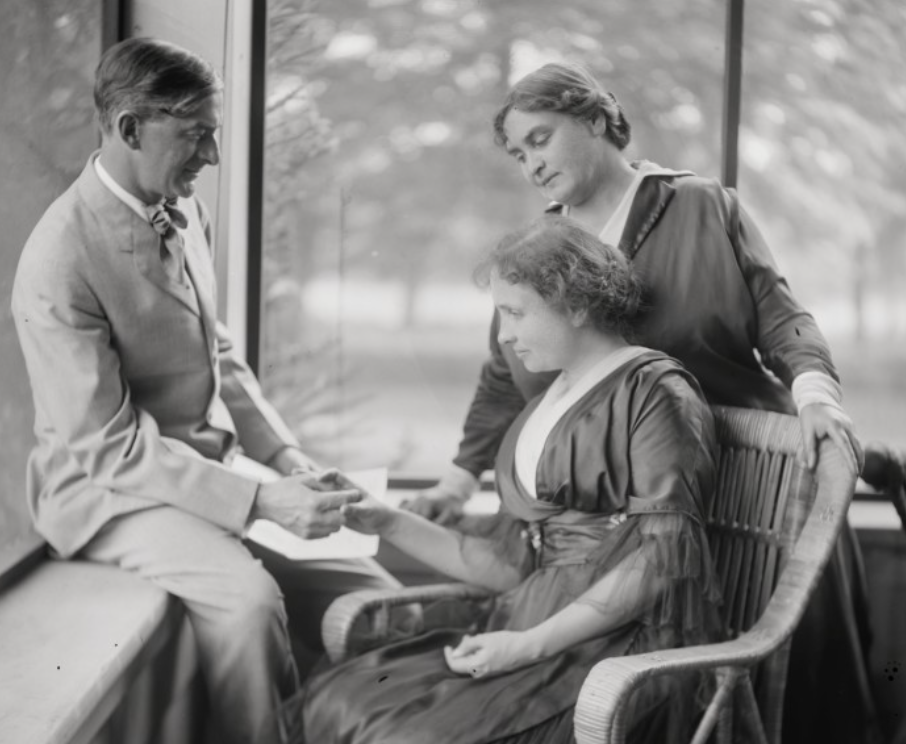

Helen Keller’s journey to India in 1955 was a remarkable and deeply inspiring chapter in her life! Let’s dive into the details.
🌟 The Context of Her Visit:Helen Keller, the world-famous deaf-blind activist, author, and humanitarian, visited India from November 18 to December 23, 1955, at the age of 75.
Her trip was part of her global mission to advocate for the rights of people with disabilities and promote education and rehabilitation for the blind and deaf.
🛫 Why She Went to India:Keller’s visit was sponsored by the American Foundation for the Overseas Blind (now Helen Keller International). After traveling extensively across Europe, the Middle East, and Asia, Keller turned her attention to India, recognizing the country's massive population of blind and disabled individuals living in poverty.
She was determined to encourage more governmental and societal support for people with disabilities, and to inspire hope and self-reliance among them.
🇮🇳 Her Time in India:During her six-week stay, Keller toured across the country, visiting cities like Bombay (now Mumbai), Delhi, Calcutta (now Kolkata), Madras (now Chennai), and Bangalore.
👉 In Delhi:
Keller met with India’s first Prime Minister, Jawaharlal Nehru, who was deeply moved by her story and vision for the disabled.
A famous photograph from this meeting shows Nehru presenting Keller with a rose, a symbolic gesture of admiration and friendship.

👉 In Bombay and Calcutta:
She visited schools for the blind and deaf, speaking to large gatherings of children, teachers, and philanthropists.
Her message was one of hope, stressing that blindness and deafness were not barriers to education, employment, or personal dignity.
👉 In Madras and Bangalore:
Keller continued her outreach, emphasizing the importance of vocational training for the disabled, especially in rural communities.
She also encouraged Indian women to take a larger role in social welfare initiatives.
✨ The Impact:
Keller’s visit created a significant wave of awareness and empathy toward people with disabilities in India.
The Indian government, inspired by her advocacy, expanded education and vocational programs for the blind and deaf.
She left behind a lasting legacy, inspiring the founding of new institutions and rehabilitation centers across the country.
🌺

💭 Philosophical Significance:Keller’s time in India reflected her lifelong belief in the unity of humanity and the triumph of the human spirit over adversity.
Her deep empathy, spiritual perspective, and resilience resonated with Indian cultural values, making her visit not just a diplomatic tour but a heartfelt exchange of wisdom and compassion.
Would you like to explore some of her speeches from this journey or how India remembers her visit today? I’d be happy to dig deeper!
Helen Keller wrote a remarkable collection of books and essays that captured her journey, insights, and advocacy for people with disabilities.
🌿 The Story of My Life (1903)✅ Overview:
Keller’s most famous work, written at the age of 22, tells the incredible story of her early life, her struggles with deafness and blindness, and her education with her teacher Anne Sullivan.
It traces her journey from isolation to intellectual and social awakening.
✨ Key Highlights:
The book includes her early experiences with language, learning to communicate, and attending Radcliffe College.
It’s a powerful testament to human resilience and the transformative power of education.
The book’s final sections include personal letters she wrote as a young girl, giving insight into her emotional growth.
⭐ Impact:
Became a classic of American autobiography and has been translated into more than 50 languages.
🌺 Optimism: An Essay (1903)✅ Overview:
A philosophical reflection on the nature of optimism, which Keller believed was not dependent on external circumstances but an inner force.
She argues that despite her physical limitations, optimism was her driving force.
✨ Key Highlights:
Keller discusses how her disability shaped her spiritual and emotional outlook.
She believed that embracing optimism was not naïve but essential for achieving greatness in life.
⭐ Impact:
This essay inspired generations to view challenges as opportunities for growth.

🌈 My Religion (1927) (Later republished as Light in My Darkness)✅ Overview:
Keller’s spiritual autobiography, where she discusses her deep connection to the philosophy of Emanuel Swedenborg, a Christian mystic.
She describes how Swedenborg’s ideas about divine love and wisdom shaped her understanding of life and the universe.
✨ Key Highlights:
Keller found comfort in the belief that life is a spiritual journey, with each person playing a unique role in the divine plan.
The book speaks to her belief in hope, love, and the afterlife.
⭐ Impact:
This work connected Keller with readers seeking spiritual insight and comfort beyond traditional religious dogma.
🌏 Midstream: My Later Life (1929)✅ Overview:
A sequel to The Story of My Life, covering her experiences from early adulthood into middle age.
The book dives into her work as a global ambassador for people with disabilities.
✨ Key Highlights:
Keller reflects on her international travels, her evolving philosophical beliefs, and her friendships with literary and political figures.
She opens up about her frustrations with fame and her desire to be seen as a complex, thinking individual, not just an object of pity or inspiration.

⭐ Impact:
Offers a more mature, reflective view of Keller’s life, going beyond her childhood triumphs.
🌻 Let Us Have Faith (1940)✅ Overview:
A wartime book about faith, courage, and the resilience of the human spirit in the face of global conflict.
Keller wrote it to inspire hope during World War II.
✨ Key Highlights:
She emphasizes the importance of compassion, faith in humanity, and a belief in progress despite suffering.
The book is filled with reflections on morality, responsibility, and spiritual strength.
⭐ Impact:
It became a source of comfort and encouragement during a dark time in history.

✨ Teacher: Anne Sullivan Macy (1955)✅ Overview:
A biography of Anne Sullivan, Keller’s beloved teacher and lifelong companion.
Keller pays tribute to the woman who opened the world to her.
✨ Key Highlights:
The book covers Sullivan’s challenging childhood, her education at the Perkins School for the Blind, and her dedication to Keller.
It’s both a personal memoir and a celebration of the transformative power of teaching and mentorship.
⭐ Impact:
Helped ensure that Sullivan’s contributions to education and disability rights were recognized.

🌿 The Open Door (1957)✅ Overview:
A collection of Keller’s essays, speeches, and reflections written in the later years of her life.
She explores themes of gratitude, lifelong learning, and service to humanity.
✨ Key Highlights:
Keller reflects on how remaining open to new experiences and ideas had defined her life.
She encourages readers to “keep the door of the heart open” to joy and compassion.
⭐ Impact:
A beautiful summation of Keller’s wisdom, optimism, and enduring faith in human potential.
.
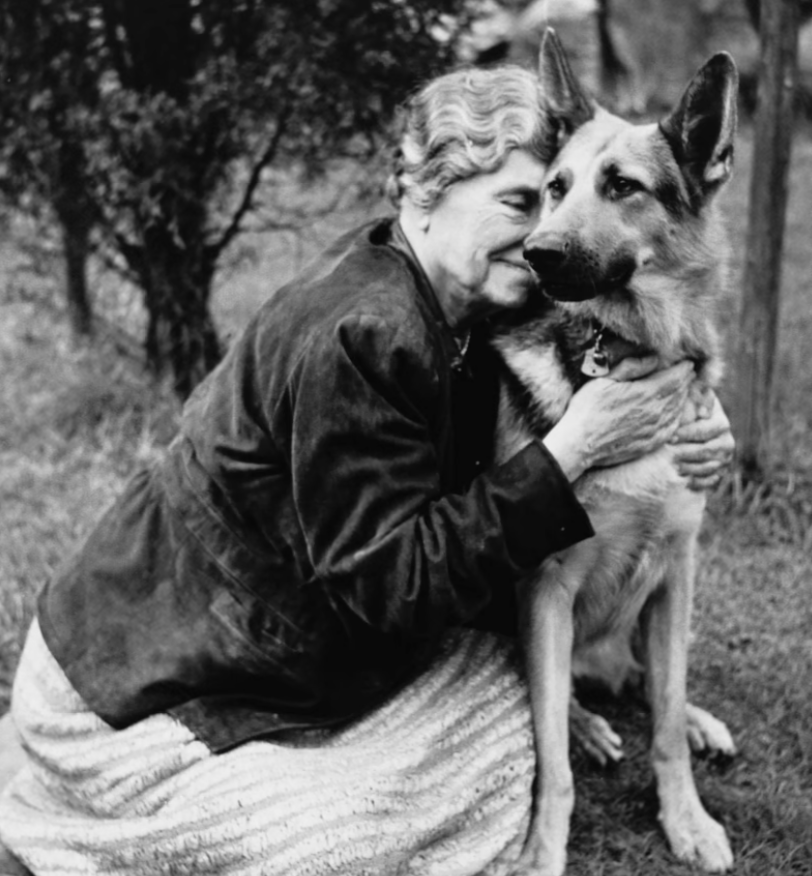

✨ Helen Keller’s literary legacy is not just a story of overcoming disability; it’s a testament to intellectual curiosity, social justice, and the belief that even the most daunting obstacles can be transformed into opportunities for growth and service.
Would you like to explore the impact of her writings on disability rights movements or dive into the philosophical undercurrents in her works? Let me know what resonates with you! 🌻



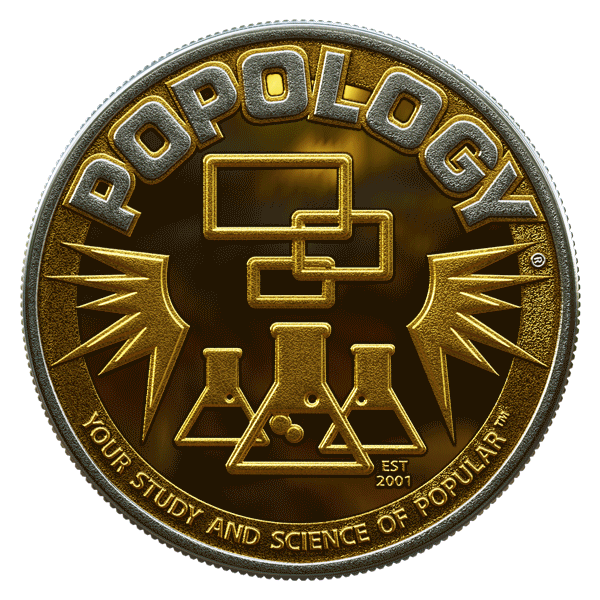
























%20NEW-03.png)







